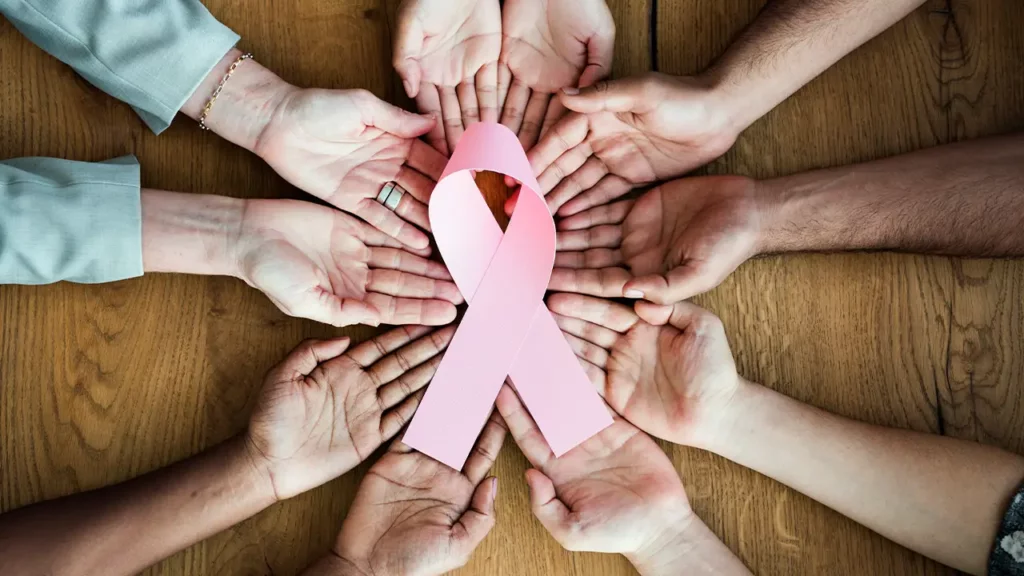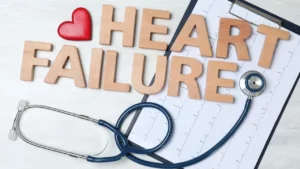Although breast cancer is rare in men, it can still happen. Understanding the symptoms and risk factors is important. About 1 out of every 100 breast cancers diagnosed in the United States is found in a man. Awareness of the signs, risk factors, and treatments for breast cancer in men is essential for patients. This article will delve into male breast cancer and highlight how remote patient monitoring (RPM) can aid in monitoring breast health and providing timely interventions.
Can Men Get Breast Cancer?
Breast cancer is a disease that occurs when breast cells grow uncontrollably, forming a lump or mass. Although this disease is more common in women, men can also develop this disease. In fact, men have breast tissue and ducts, just like women, which means they can get breast cancer too.
Here are types of breast cancer that can be diagnosed in men:
- Ductal Carcinoma: This is a type of cancer in men that begins in the milk ducts of the body.
- Lobular Carcinoma: A rare type of cancer in men that originates in the milk-producing glands due to the small number of lobules in their breast tissue.
- Other Types: Paget’s disease of the nipple and inflammatory breast cancer are less common types of breast cancer that can also occur in men.
Why Can Men Get Breast Cancer?
As previously mentioned, breast cancer is a disease that can also affect men, and understanding the risk factors and symptoms is important for early detection and treatment. Some of the risk factors why men get breast cancer are as follows:
- Age: As men age, their risk of developing breast cancer increases.
- Family history: Men with a family history of breast cancer are at a higher risk of developing the disease.
- Klinefelter syndrome: Men with this condition have an extra X chromosome, which can increase their risk of breast cancer.
- Radiation exposure: Men who have received radiation therapy to the chest area may have an increased risk of developing breast cancer.
- Genetic mutations: Men with mutations in the BRCA1 or BRCA2 genes are at an increased risk of breast cancer.
- Certain conditions that affect the testicles: Injury to, swelling in, or surgery to remove the testicles can increase breast cancer risk.
- Overweight and obesity: Older men who are overweight or have obesity have a higher risk of getting breast cancer than men at a normal weight.
- Hormone therapy treatment: Drugs containing estrogen, which were used to treat prostate cancer in the past, increase men’s breast cancer risk.
- Liver disease: Cirrhosis of the liver can lower androgen levels and raise estrogen levels in men, increasing the risk of breast cancer.
How Can Men Get Breast Cancer?
Male breast cancer develops in the small amount of breast tissue men have, which includes the ducts and parts of the breast. The exact cause is unknown, but it is thought to be related to genetic and environmental factors. Some symptoms of breast cancer in men include:
- A swelling or lump in the breast
- Skin on the breast that is red, scaly, or peeling.
- Breast skin that appears irritated, puckered, or indented.
- Nipple pain, tenderness, or inward retraction.
- Fluid coming from the nipple, which may be clear, bloody, or another color.
It is important to note that these symptoms may not necessarily indicate breast cancer, but they should be checked out by a healthcare professional. Men with a family history of breast cancer or genetic mutations that increase their risk should talk to their doctor about getting screened for the disease. Early detection and treatment can improve the prognosis of male breast cancer.
Treatment for Breast Cancer in Men
When it comes to treating breast cancer in men, the approach is like that of women. After a diagnosis of breast cancer in a man, the following treatment options may be considered:
- Surgery: This is often the primary treatment for male breast cancer, depending on the stage of the cancer and how much breast tissue needs to be removed. The most common surgery for male breast cancer is a mastectomy, which involves the removal of the entire breast.
- Chemotherapy: This option may be used to destroy cancer cells throughout the body. Chemotherapy involves the use of drugs that are either injected into the body or taken orally. The drugs travel through the bloodstream and kill cancer cells.
- Hormone Therapy: This option may be used if the cancer is hormone receptor positive. This means that the cancer cells have receptors that allow them to grow in response to hormones. Hormone therapy involves the use of drugs that block the effects of hormones or prevent the body from producing hormones.
- Radiation Therapy: This treatment may be used after surgery to kill any remaining breast cancer cells. Radiation therapy involves the use of high-energy radiation to target and kill cancer cells. It is often used to reduce the risk of the cancer returning after surgery.
Treating breast cancer in men involves a range of options that depend on the stage and specific characteristics of the cancer. However, like with female breast cancer, prompt diagnosis and personalized treatment are crucial for successful management.
The prognosis for men with breast cancer is typically positive if the cancer is detected early. However, if the cancer has spread to other parts of the body, the prognosis may not be as favorable. It’s essential for men with breast cancer to undergo regular screening to detect any potential issues as soon as possible, as this can significantly improve their outlook.
Assisting Breast Cancer Patients with DrKumo RPM Technology
As a leader in RPM technology, DrKumo offers state-of-the-art, continuous real-time monitoring for patients undergoing breast cancer treatment. Due to the rarity of this condition, patients may have limited access to specialized medical care, making remote monitoring even more critical.
One concern for cancer patients is the possibility of cancer coming back after treatment. DrKumo RPM platform enables breast cancer patients to track their vital signs, such as heart rate and blood pressure, from the comfort of their homes. Any changes can be reported in real-time, allowing for timely intervention and reducing the risk of cancer recurrence.
DrKumo RPM technology provides hospital care at home, reducing the need for frequent in-person doctor’s appointments, which can be difficult and time-consuming for patients living far away from their healthcare provider. With continuous real-time monitoring, patients receive valuable support in between appointments, ensuring they receive the best possible treatment while reducing unnecessary visits to the hospital or clinic.
DrKumo RPM can help patients to better manage their symptoms and side effects by providing them with education and self-care resources, as well as real-time feedback and encouragement from their healthcare team. This can help patients to feel more empowered and engaged in their care, which can lead to better outcomes and improved quality of life.
Takeaways
While male breast cancer is a rare form of cancer, it can still occur, and early detection and treatment are crucial for successful management. Cases of breast cancer may be monitored using RPM, allowing for timely interventions to improve treatment outcomes. Early detection and treatment can potentially save lives, making it essential for men to understand the risk factors and symptoms of male breast cancer.
Take control of your health now! Contact DrKumo to learn more about how RPM can help in treating breast cancer.









